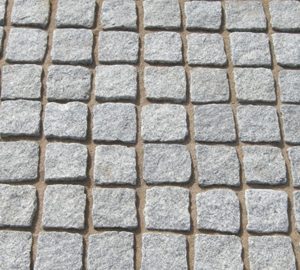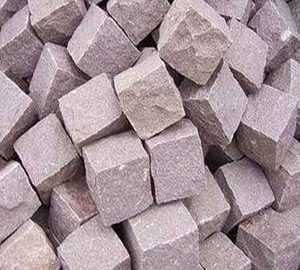
Cobble Stone
Cobblestone roads are uncommon these days. At one time, however, road builders used cobblestones in many cities and towns. Building contractors also used them to create buildings.
What do you really know about cobblestone history? Let’s take some time to explore the history of cobblestone streets in a little depth.
True cobblestones, the building material made of small, natural stones with edges smoothed by water, have been around for centuries. The term cobblestone first appeared in the 15th Century when towns wanted to make trade routes and travelling from town to town more reliable and sturdier than the old dirt roads. Actually, though, it was the Romans who first invented cobblestone streets. The first recorded cobblestone roads appeared in Rome’s unparalleled network of roads in the third century.
The term cobblestone refers to the smooth, round shape of the stones that workers picked up in rivers and streams. Cobblestones were cheap and they were plentiful. They generally range between 2 and 10 inches in size. They were laid together by hand without any tools in a sort of jigsaw puzzle configuration. Cobblestones were generally laid in sand or sometimes set in mortar if the road owner were wealthy. Cobblestone roads are serviceable. They do not get muddy or rutted by rain like the old dirt roads that needed fixed each spring. Granite cobblestone pavers do not break easily and when they do they are easily replaced with new cobblestones by hand.
Showing all 5 results





